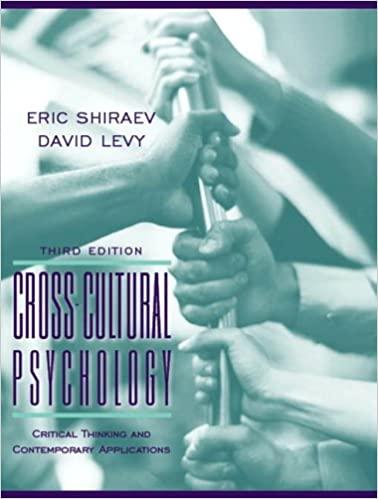Answered step by step
Verified Expert Solution
Question
1 Approved Answer
Name: ID Number: PSYC 3173 Exam 2 For questions 27-30, use the word bank and the picture below to help you fill-in-the-blanks. (27) The


Name: ID Number: PSYC 3173 Exam 2 For questions 27-30, use the word bank and the picture below to help you fill-in-the-blanks. (27) The edges of the blue tiles look like lines that converge in the distance. Which monocular depth cue is this? (28) The tiles look clearer and distinct in the front, but denser and blurrier in the distance. Which monocular depth cue is this? (29) The picture causes an action potential that leaves your retina via the optic nerve, crosses the optic chiasm, and then talks to which sub-nucleus of the thalamus? (30) The face of the man on the right and the face of the girl in the spoon are activating which part of your brain? BT Infinity Are you getting enough fibre Word bank acetylcholine anomalous binding analysis of variance (ANOVA) basal ganglia direct pathway basal ganglia indirect pathway calcium case study census cerebellum chi-square test cochlea cones correlation cross-sectional study dependent variable differential attrition diffusion MRI distal stimulus dopamine dorsal pathway Electro EncephaloGraphy (EEG) equilibrium experimental study failure to randomize Functional MRI (FMRI) fusiform face area group A alpha group A beta group A delta group C illusion neuromuscular junction nominal norepinephrine observer-expectancy effect olfactory epithelium orbitofrontal cortex ordinal outliers parallel perception placebo effect posterior parietal cortex premotor cortex primary auditory cortex primary gustatory cortex (insula) primary motor cortex primary somatosensory cortex primary visual cortex proximal stimulus quasi-experimental study ratio reliability retina rods sensation serotonin independent variable interposition interquartile range interval Lateral Geniculate Nucleus (LGN) linear perspective lurking variable mean Medial Geniculate Nucleus (MGN) median mirror neurons mode shading standard deviation supplementary motor cortex synesthesia t-test Tl structural MRI taste buds texture gradients thalamus tonotopy topographical organization unrepresentative sample validity Ventral Anterior nucleus (VA) Ventral PosteroLateral nucleus (VPL) ventral pathway vestibule/semicircular canals
Step by Step Solution
There are 3 Steps involved in it
Step: 1

Get Instant Access to Expert-Tailored Solutions
See step-by-step solutions with expert insights and AI powered tools for academic success
Step: 2

Step: 3

Ace Your Homework with AI
Get the answers you need in no time with our AI-driven, step-by-step assistance
Get Started


